Copyright Robert Lewis, 2018
All rights reserved. No part of this publication may be reproduced, stored in a retrieval system, or transmitted in any form or by any means, electronic, mechanical, photocopying, recording, or otherwise (except for brief passages for purpose of review) without the prior permission of Dundurn Press. Permission to photocopy should be requested from Access Copyright.
Cover image: istock.com/MBCheatham
Printer: Webcom
Library and Archives Canada Cataloguing in Publication
Lewis, Robert, 1943-, author
Power, prime ministers and the press : the battle for truth on Parliament
Hill / Robert Lewis.
Includes bibliographical references and index.
Issued in print and electronic formats.
ISBN 978-1-4597-4264-2 (softcover).--ISBN 978-1-4597-4265-9 (PDF).-- ISBN 978-1-4597-4266-6 (EPUB)
1. Canada. Parliament. House of Commons--Reporters and reporting. 2. Journalism--Objectivity--Canada. 3. Press and politics--Canada. I. Title.
| PN4751.L48 2018 | 070.449320971 | C2018-904102-1 |
| C2018-904103-X |
1 2 3 4 5 22 21 20 19 18
We acknowledge the support of the Canada Council for the Arts, which last year invested $153 million to bring the arts to Canadians throughout the country, and the Ontario Arts Council for our publishing program. We also acknowledge the financial support of the Government of Ontario, through the Ontario Book Publishing Tax Credit and the Ontario Media Development Corporation, and the Government of Canada.
Nous remercions le Conseil des arts du Canada de son soutien. Lan dernier, le Conseil a investi 153 millions de dollars pour mettre de lart dans la vie des Canadiennes et des Canadiens de tout le pays.
Care has been taken to trace the ownership of copyright material used in this book. The author and the publisher welcome any information enabling them to rectify any references or credits in subsequent editions.
J. Kirk Howard, President
The publisher is not responsible for websites or their content unless they are owned by the publisher.
Printed and bound in Canada.
VISIT US AT
 dundurn.com
dundurn.com
 @dundurnpress
@dundurnpress
 dundurnpress
dundurnpress
 dundurnpress
dundurnpress
Dundurn
3 Church Street, Suite 500
Toronto, Ontario, Canada
M5E 1M2
To Sally, my rock for the ages
For Aiden, Elise, Ruby, and Charlie
Our hopes for the future
CONTENTS
Prologue
NEW BOY ON THE HILL
The day I arrived for work in the Parliamentary Press Gallery, February 15, 1965, was a grand occasion. It was not about me, an unknown, fresh-faced twenty-two-year-old reporter, who had landed at the train station the day before with all my worldly possessions in a green steamer trunk. The excitement was about the new Canadian flag snapping in the clear, chill air atop the Gothic Revival Peace Tower, the stylized eleven-point red maple leaf proclaiming a new day. It went up for the first time amid prayers and much hope. Prime Minister Lester Pearson, who had led the divisive battle to replace the Red Ensign as Canadas national flag, intoned: God bless our flag, and God bless Canada. Governor General Georges Vanier told a cheering crowd of ten thousand: I appeal to all Canadians to set aside pettiness, selfishness, and intolerance where they may exist, and to cultivate a spirit of brotherhood and mutual confidence.
What I witnessed unfolding inside the building over the remaining months of the twenty-sixth Parliament and beyond gave new meaning to the words pettiness, selfishness, and intolerance. For me, it was a rude awakening. From one day to the next, crisis gave way to chaos. Personal name-calling and allegations of scandal reverberated through the halls, whether it was a federal worker accused of being a Russian spy or a mysterious East German woman admitting she had a relationship with a Cabinet minister. Someone set off a bomb in the washroom adjacent to the prime ministers office, killing himself but no one else. Aides to the prime minister were accused of consorting with the Mafia, and one went to jail for accepting a bribe. Cabinet ministers left in disgrace, seemingly almost as fast as they arrived. The many judicial commissions of inquiry became a growth industry for lawyers and consultants. Even from a distance of fifty years, it was truly one of the most bitter periods in Canadian parliamentary history, embracing the bloody downfall of Progressive Conservative leader John Diefenbaker, scandals and allegations that tainted the reputations of Cabinet ministers on both sides of the House, and the unhappy end of Lester Pearsons political career. It also got me on page 1 most days.
It was truly a wonderful time for a journalist to claim a front-row seat to watch Canadian history unfold, with all its imperfections and in all its glory. Indeed, amid the many crises manufactured and real came some lasting legislation that endures today: the Canada Pension Plan, medicare, reform of immigration rules, the Canada Assistance Plan, and the Pearsonian concept of official bilingualism. And throughout, there was the leitmotif of Canadas past and present, the ebb and flow of nationalism in Quebec, and the federations struggle to respond. Then came the rise of two promising leaders, Robert Stanfield for the Conservatives and Pierre Trudeau for the Liberals. And, boy, did we watch him.
I was proud and pleased as I walked up Parliament Hill into the expansive embrace of the West and East Blocks, up the marble steps under the Peace Tower. Ever since I put up my hand and volunteered to work on a class newspaper in grade five, I had wanted to be a journalist. In school I applied myself more in the newsroom than the classroom. Some of the relatives of my university classmates in Montreal were prominent politicians and were chronicled in my local morning paper, the Montreal Gazette.
The news fed my interest in the big issues of the day, especially the nascent Quebec separatist movement. Marcel Chaput, a one-time federal civil servant who launched the militant Rassemblement pour lIndpendance Nationale, came to campus to speak.
I landed my first job mainly because my clips included a report in my school paper, the Loyola News, on a speech about Quebec nationalism by Walter OHearn. The distinguished executive editor of the Montreal Star OHearn lived until 1979 hired me as a summer police desker at fifty dollars a week. In the early weeks I monitored a police radio in the two official languages, French and static retyped incoming bureau cables, and called bereaved families for pictures of their deceased loved ones. Then, moving to nights, I got the keys to the company car and covered speeches and press conferences, and chased fire engines. Assigned to run film back to the office from a subway cave-in, I saw my first accident fatality, a crumpled, gruesome sight I will never forget. After nine months I was assigned to cover Ottawa and took my first walk up Parliament Hill as a reporter.

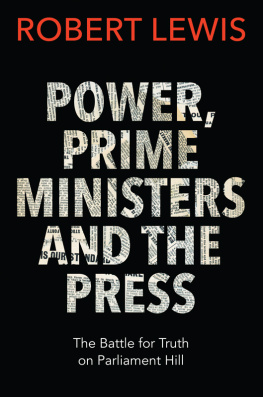

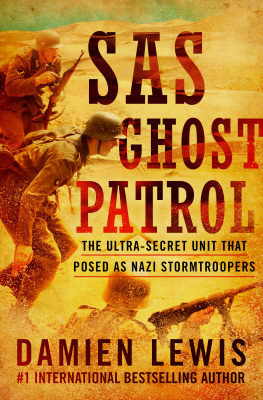
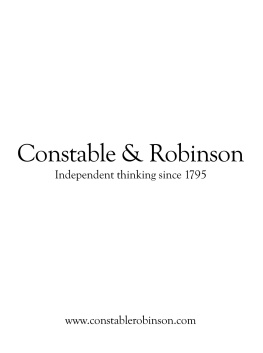






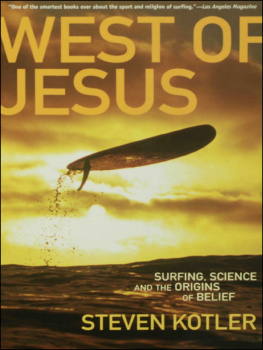

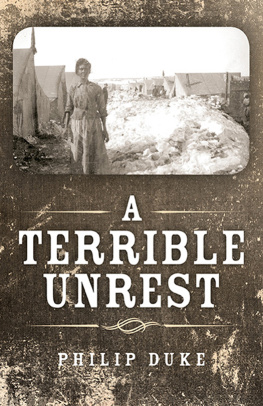



 dundurn.com
dundurn.com @dundurnpress
@dundurnpress dundurnpress
dundurnpress dundurnpress
dundurnpress